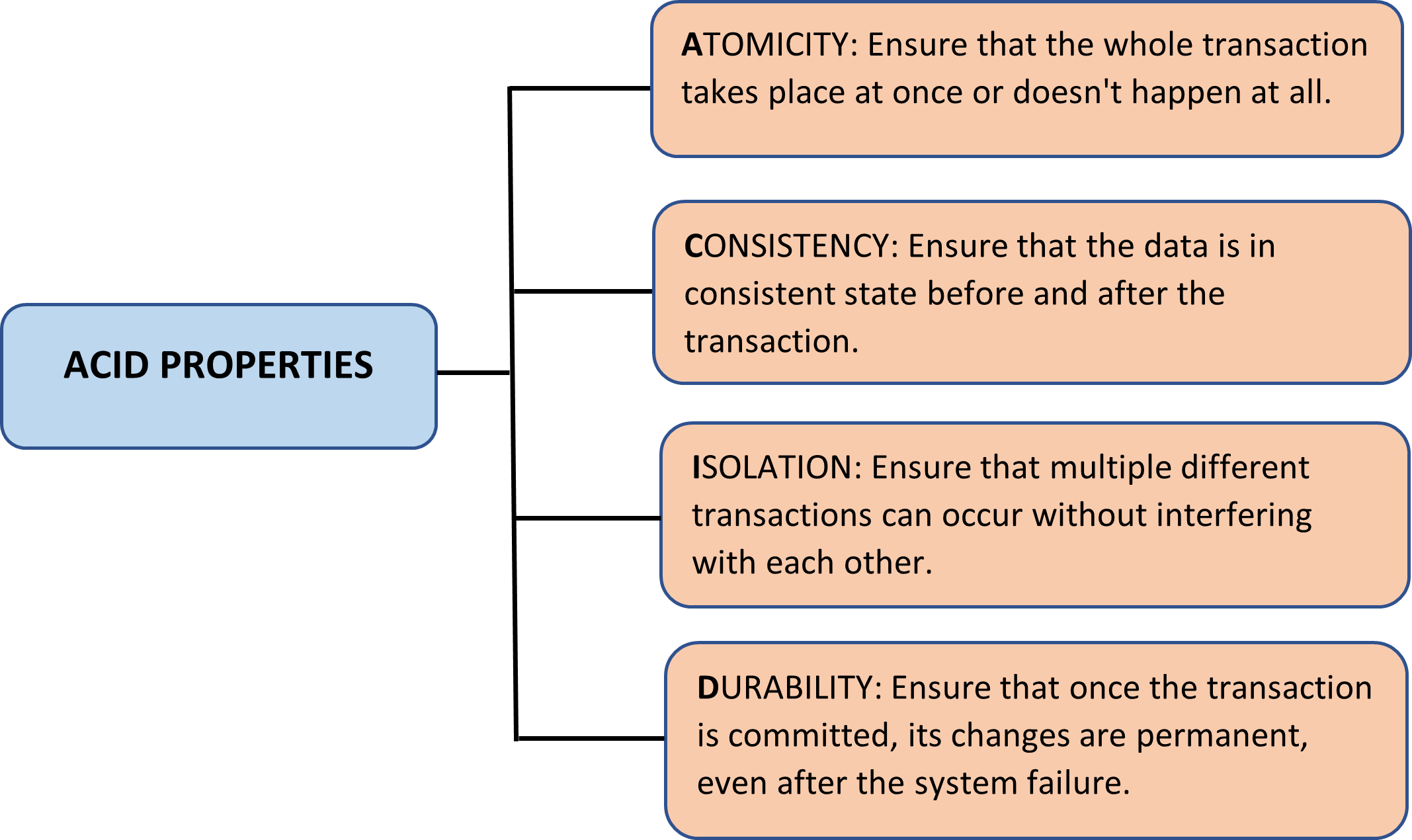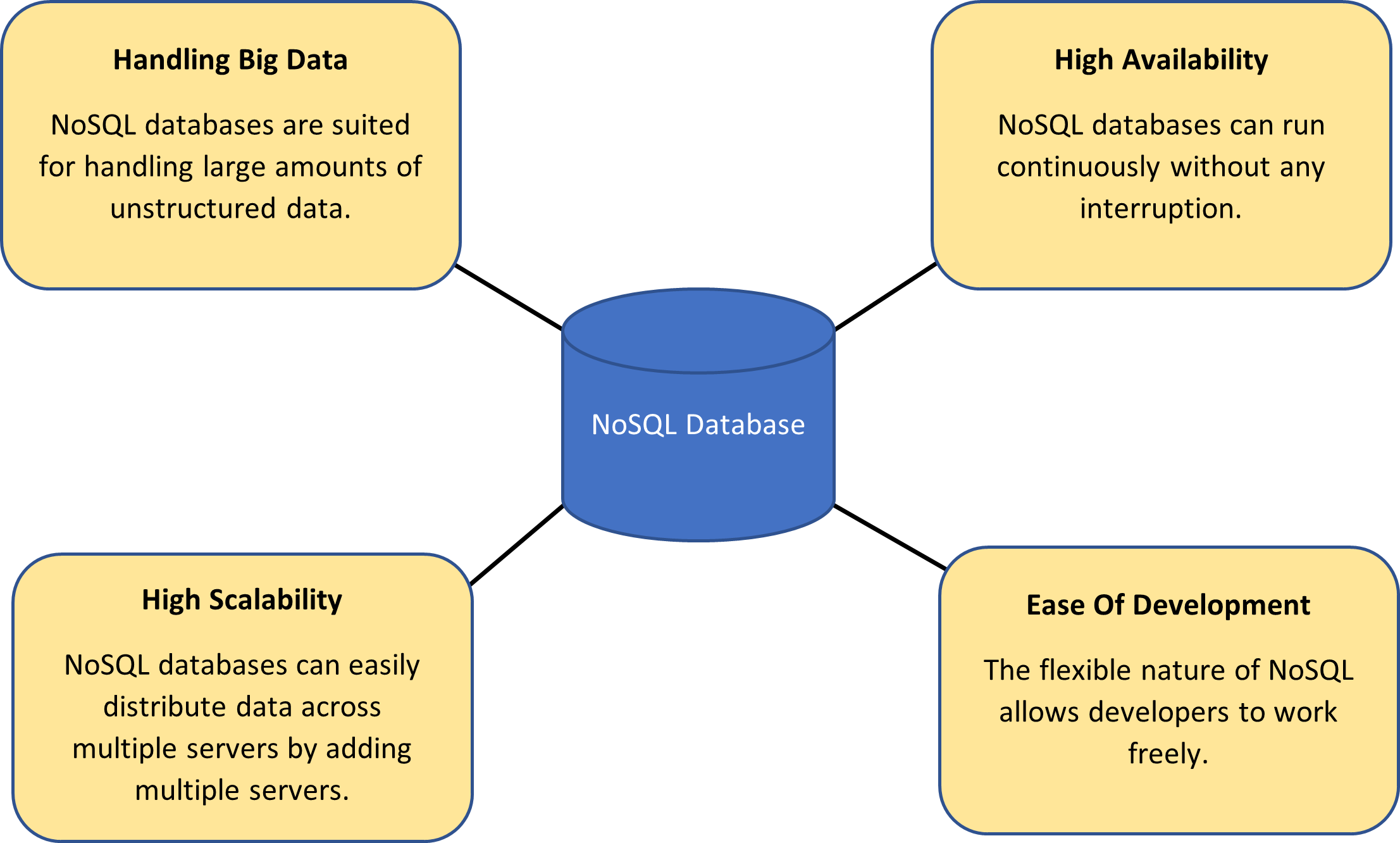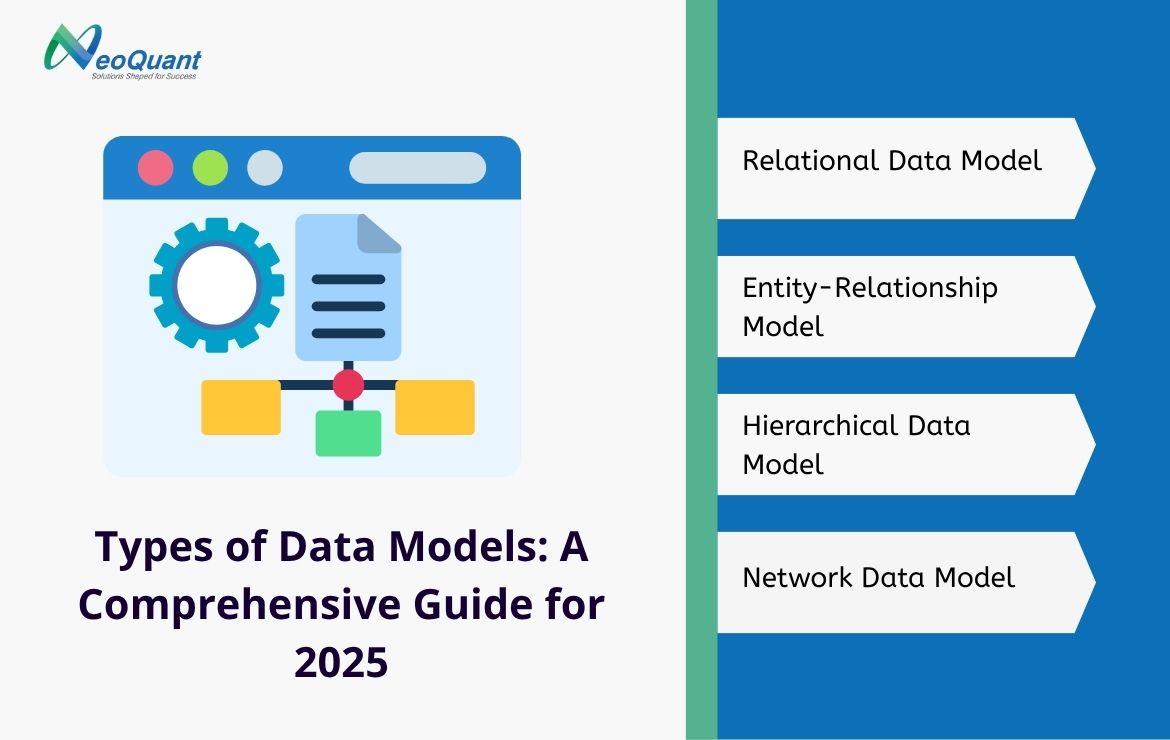SQL vs NoSQL: A 2025 Guide to Choosing the Right Database
If you’ve been navigating the data landscape, you most likely would have found yourself stuck in the age-old dilemma – SQL or NoSQL? Well, you’re not alone! In this blog, we try to find a resolve for you by shedding light on what is SQL and what is NoSQL Database, their properties, key differences, and break down the practical insights for you to make the correct choice between SQL and NoSQL. Ready to decode the dilemma? Let’s get started.
What is SQL?
SQL is a Structured Query Language. SQL database is a type of relational database which uses structured query language to manage data. It is a structured and organized collection of data made up of tables and schemas.
Fundamental Properties of SQL
Following fundamental properties of SQL database ensure that database systems are consistent even after the system failures.

Common SQL Database systems
- Microsoft SQL Server: Microsoft SQL server is Microsoft’s relational database product. It offers standard, express and enterprise editions, suitable for all small and large businesses.
- MySQL: MySQL is an open-source RDBMS. It is one of the most popular and widely used relational database systems.
Oracle, PostgreSQL etc. are also some of the popular SQL databases.
What is NoSQL Database?
NoSQL Database is also known as NOT ONLY SQL. NoSQL stores data in an unstructured format other than the relational tables. NoSQL Databases are designed to handle large amounts of unstructured data, used in web applications and big data processing.
Advantages of NoSQL Database

Types of NoSQL Database

- Document Stores: It stores data as documents using a flexible structure like JSON or BSON. They are the ideal choice when working with complicated, semi-structured, and hierarchical data since they are flexible in accommodating changing schemas. They are frequently utilized in real-time applications, e-commerce platforms, and content management. Examples: MongoDB, CouchDB
- Key-Value Database: This type of NoSQL database is the most basic and simple, storing each piece of data as a key-value pair. The best use of these systems can be made in situations that demand rapid access to large amounts of data with quick reaction times. Examples: Redis, Amazon DynamoDB
- Graph Database: Relationships between data entities are represented in graph databases using edges, nodes, and other properties. As a result, they perform best in environments where relationships are crucial, such as social networks and recommendation systems. Examples: Amazon Neptune, Neo4j
- Column-Family Database: Rather than using rows to represent data, column-family databases use columns for efficient querying and storage of scant data. Large-scale distributed systems and often reading and writing systems, including time-series and Internet of Things applications, are ideally suited for them. Examples: HBase, Apache Cassandra
Common NoSQL Database Systems
Some of the NoSQL database systems that are most frequently used include:
- MongoDB: MongoDB is a well-known document-oriented NoSQL database that offers great performance and high scalability for a variety of data types. It stores data as adaptable, JSON-like BSON documents.
- Cassandra: Cassandra is a distributed, highly scalable open-source NoSQL database with a decentralized architecture designed to handle massive volumes of data across several servers, making it ideal for high-volume, high-speed applications.
- Redis: A fast and adaptable in-memory data structure store that may be used as a message broker, key-value store, and caching mechanism. Redis supports a variety of data structures, including sets, lists, hashes, and strings.
- Firebase: It is one of the most widely used NoSQL database systems. Firebase is a NoSQL database powered by Google that enables developers to save, edit, and retrieve data instantly. It is cross-platform and offers cloud, web, and mobile apps with a data storage option.
SQL vs NoSQL: Key Differences
Let’s clear up the major distinctions between SQL and NoSQL by breaking it further down into important parameters.
| Parameter | SQL Database | NoSQL Database |
| Data Structure | SQL databases are table-based, structured schema. Data organized in tables. | NoSQL databases can be document-oriented, key-value pairs, wide-column stores, or graph databases. |
| Scalability | SQL database scale vertically, allowing adding resources to existing server to handle load. | NoSQL database scale horizontally, enabling one to add more servers. |
| Cost | SQL databases consume more resources as they scale, which makes them more expensive. | NoSQL databases are more cost-efficient as compared to SQL database. |
| Performance | SQL databases are faster when it comes to performing complex queries. | NoSQL databases are better for retrieving large amounts of data. |
| Examples | MySQL, Microsoft SQL Server | MongoDB, Firebase |
SQL vs NoSQL: How to choose the right database?
Making a choice between SQL and NoSQL completely relies on the use cases and requirements of a project. Every database type, including SQL and NoSQL, has their own set of advantages and disadvantages. However, let’s see a few elements that could be of assistance when making the best database choice for any project.
- Flexibility: SQL databases are sometimes inflexible since they rely on a preset schema or data model. For example, adding new categories of data requires modifying the entire database structure. However, NoSQL databases are more dynamic and can handle constantly changing data without requiring a significant redesign. Therefore, NoSQL databases are a good fit if the project requires increased flexibility.
- Performance: SQL databases are faster when it comes to performing queries that contain joins. In this context, joins allow users to retrieve data that match specific details from different tables. NoSQL databases are superior when it comes to real-time record updates or bulk data retrieval.
- Cost: SQL databases need more resources than NoSQL databases as they scale, particularly CPU, RAM, and SSD. As a result, maintaining SQL databases is more expensive. Consider NoSQL databases if you work with large amounts of data.
- Scalability: Because SQL databases scale vertically, additional memory and CPU are needed to handle the increased load. Whereas NoSQL databases expand horizontally, meaning it is easier to increase the number of servers in the current stack to offer more functionality. High availability is made possible by NoSQL databases.
The decision between SQL vs NoSQL databases is crucial to the success of application development and data science. The impact on performance, scalability, and adaptability to data types directly influences the responsiveness of data-driven applications. Because of its structured relational model and ACID features, SQL works best in situations where relationships are important, and data is well-defined. On the other hand, NoSQL databases are scalable and flexible enough to accommodate the dynamic, unstructured data types that are common in contemporary applications. Both SQL and NoSQL have their different places in the technology ecosystem. We hope this guide helps you harness the power of data efficiently.
Read Next: How to handle complex data with graphs database using SQL Server




Comments are closed